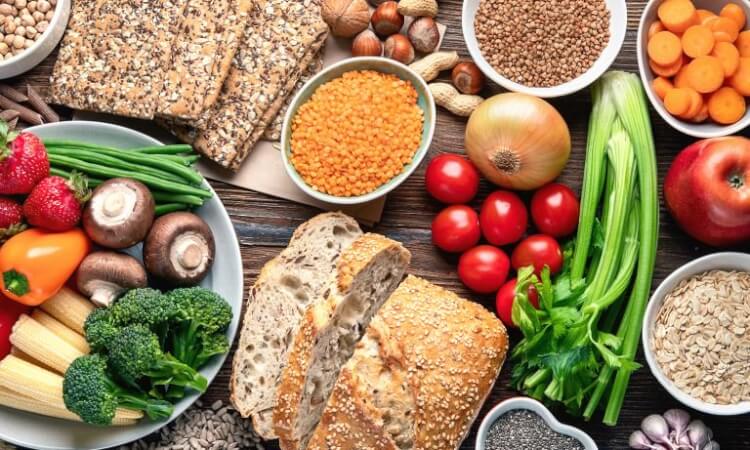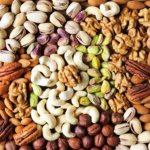Food is one of the primary needs of every human being, without which he may not be able to carry out his everyday activities. In the current day, there are so many options of food that could be eaten at restaurants, hotels, or cafes, or could be taken away or ordered to one’s house.
As people are becoming more and more anti-social and lazy, they are becoming more dependent on outside food. The ancient tradition and art of cooking your own food in a healthy and clean manner are lost.
The variety of food that is available in this modern world is limitless. Starting from the street food items like pani puri, momos, masal puri, grilled corn, etc., to the classy Italian and Mediterranean cuisines including pasta, pizza, hummus, falafel, etc., is what today’s generation of youngsters crave for. You can also visit for harps training.
They do not bother about whether it is made in a clean and hygienic manner or not unless and until it tastes good. As a result, they face the consequences immediately after a couple of days in the form of food poisoning and diarrhea or face a chronic health hazard later in their life.
Food that is sold these days is intentionally or unintentionally contaminated, and the need for testing the food before it reaches the consumers is of prime importance. Food safety is an issue of public safety, and to make sure the people are healthy and safe from the consumption of the sold food, testing has to be done.
Food can be contaminated in different ways like adding adulterants, presence of pathogens, pesticide residues, drug residues, presence of chemical contaminants like heavy metals, other microorganisms, antibiotics, colors, and preservatives that are banned, etc.
There is an age-old saying, “Prevention is better than cure.” According to this saying, it is always better to avoid something from happening and facing the consequences after it has happened.
Sometimes these consequences might not be reversible. There are numerous food safety programs that have made changes to how the food is being prepared and how it is packaged.
Some of these initiatives include amending the method of using pesticides and other fertilizers to the agricultural crops, vaccinating the farm animals regularly to ensure that the products we get from them are free from any contaminants or harmful microbes and the introduction of veganism and keto diets have also had an effect in ensuring the safety of the consumers of the food.
The manufactures of the food items not only need to ensure the safety of the consumers but also prove to the FSSAI that the preservatives and other additives in their food are within the recommended levels in order to get a license to sell their food.
Restaurant owners have to pass the food safety test that includes maintaining a clean and hygienic kitchen and setting up contingent measures to overcome any contamination in the food.
The food testing lab tests for these contaminants, namely heavy metals, residual pesticides, and drugs, banned coloring agents, etc., in every food item we consume right from the raw produce like cereals and grains to the finished and packed food time like chips and biscuits, and thus keep you safe and healthy.
The awareness of food safety is not that prevalent in India until recently. The implementation of food safety and testing labs have come into force after the introduction of the Food Safety and Standards Act (FSSA) of 2006.
Food testing labs are not only approached to make sure the food is safe to consume but also by manufacturers to obtain the correct nutritional labeling of the food. If nutritional labeling is incorrect, the manufacturers of the food can be penalized, and even worse, their product could be banned from the markets.
Food testing labs also play a major role in checking if the food that gets exported is made complying with international standards or not.
Apart from food, another important role of the food testing labs is to ensure that the water we drink is also safe to consume. The water that is being used to prepare the food and also which is packaged and given to consumers for drinking should also be tested for contaminants to prevent the outbreak of any waterborne diseases.



